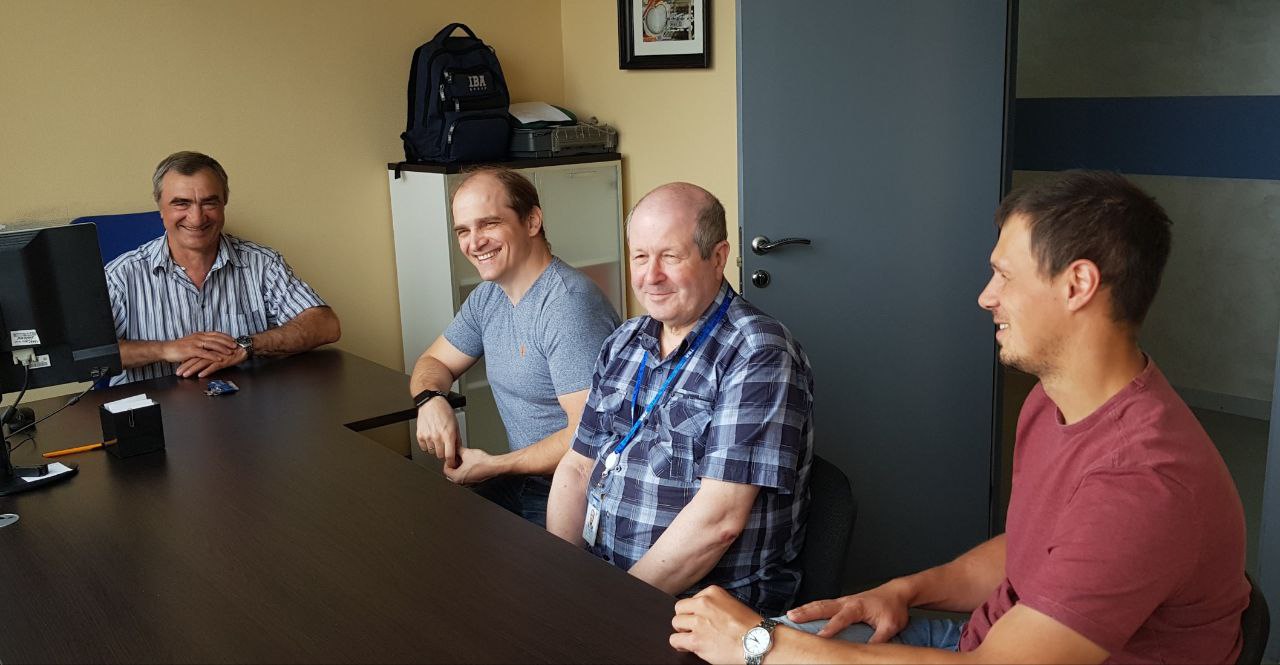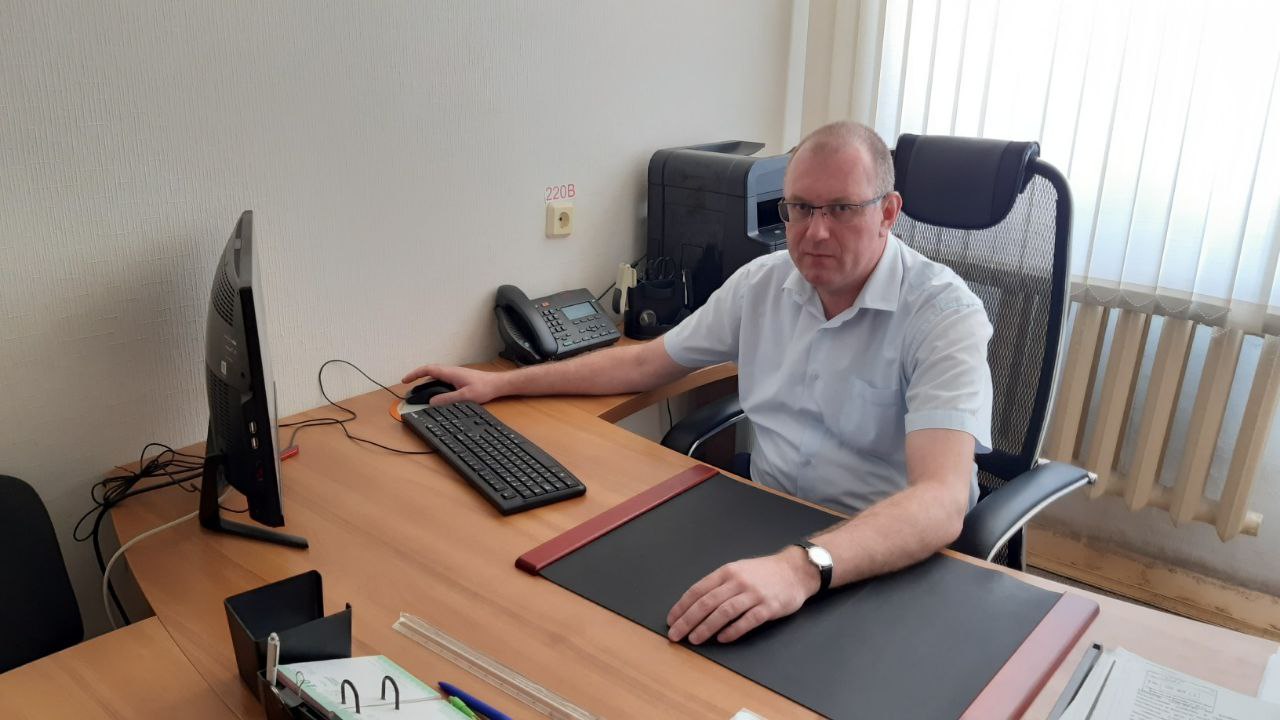A New Take on Mainframe Legacy: How Client-Supplier Relationships Evolve as Demands Increase

Author: Andrew Dvirnyk
Today, we spotlight a leading railway company in Eastern Europe, a longtime mainframe project client that faces complex scenarios with no room for shutdowns. The overriding objective of this mainframe project is to create a new railway traffic control, transportation planning, and management system. This includes utilizing existing hardware while maintaining performance and system availability requirements. It also entails providing client’s employees and executive management with timely, reliable information on freight operations, and locomotive and railway car locations and status.
Additionally, the project, which has been operating successfully for nearly 20 years, aims to deliver information that empowers management decisions to increase the efficiency of railway transportation, improve freight volume and quality, and reduce transportation and operational costs.
In this conversation, we sat down with Nikolai Krovsh – Deputy Director, ERP and Automation Systems Innovations for the Client, and Delivery Director and Project Sponsor Vladimir Starotitorov, Project Manager Vladimir Vishnevski, CTO – z/OS System Architect Valeri Troufanov, and Systems Support Project Manager Nikolai Kuchinski for IBA Group.
Read on to learn how this client-supplier relationship has endured for nearly twenty years, and how mainframe support helps to keep one of Europe’s railway leaders running well.

IBA Group’s project team: Vladimir Starotitorov, Vladimir Vishnevski, Valeri Troufanov, and Anatoly Kostyko
Q1: When you acquired the project, what kinds of mainframe problems did you inherit?
Vladimir Starotitorov and Vladimir Vishnevski (IBA Group): Over the 20 years of working with the customer, we worked on multiple projects, including mainframe infrastructure support, application development, and system optimization. In that time, limited hardware resources remained the biggest challenge. For instance, our team had to use the same hardware for development purposes that the client uses to run its production systems.
The result, of course, is performance and time-out problems. We constantly had to fight for resources to balance the needs of the development team with the applications running in the production environment.
The newly developed applications and systems were more resource consuming (since we used Java and C languages to build them), as opposed to the existing applications, which were primarily built using Assembler, which is less resource intensive.
To solve this problem, we focused on resource prioritization for the existing hardware. Additionally, we have ran through a series of iterations over the years to upgrade the client’s hardware, both quantitatively and qualitatively.
Nikolai Krovsh (Client): What made things more difficult, is the fact that we had to run other projects, besides those where IBA was involved, on the same machines.
Q2: Did all parties have to get more creative to resolve the above issues?
Nikolai Kuchinski (IBA Group): Yes, we had to get creative and use every opportunity we had to optimize the application code and system configuration, to increase performance.
Only after all other means had been exhausted, did we approach the client with upgrade recommendations.
Q3: As a transportation company, what were some of the unique solutions you required?
Nikolai Krovsh (Client): The nature of our business is such that we cannot afford any outages in our operation. The railway operates 24×7. So do our systems and applications, especially those facing our passengers. That said, our solution to this challenge was to mirror our production environment and build an exact copy of it: code, data, and system configuration, for development and testing purposes.
After that was done, we vigorously tested all new applications, fixes, configuration or data changes on that environment prior to deploying them to the production systems.

Nikolai Krovsh, Client
Q4: What was the most challenging aspect of this project on each side?
Nikolai Krovsh (Client): The most challenging aspect was the complexity of the systems and applications themselves.
The algorithms we use are highly complex, and specific to the railway industry. In the beginning, it was difficult to explain all this to the supplier’s team. Basically, we had to train the team in the railway business. Then, they became efficient in building the applications and systems that we needed.
Now, after all these years, we are proud of what we were able to accomplish together, and even call our IBA colleagues – true Railwaymen!
Vladimir Starotitorov (IBA Group): For us, one of the biggest challenges was managing multiple teams involved in the projects. At peak points, we had various teams totaling up to 40 people each. On top of that, we had 20 developers working on the project as part of the client’s team.
Add to that managers and outside consultants, and we had more than 70 individuals whose efforts had to be coordinated and managed to achieve the common objective.
When we asked Nikolai Krovsh and Vladimir Starotitorov how they would characterize the client-supplier relationship as it approaches its third decade, they both remarked on how it is a peaceful and human-centered relationship.
Despite the challenges and complexities of resource demands and client needs, everyone involved remarks on how trust, expertise, and commitment to quality on both sides have helped make this a partnership built to last.